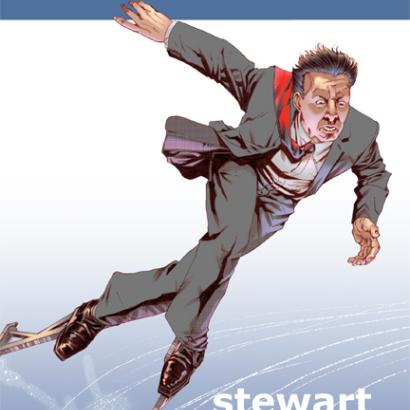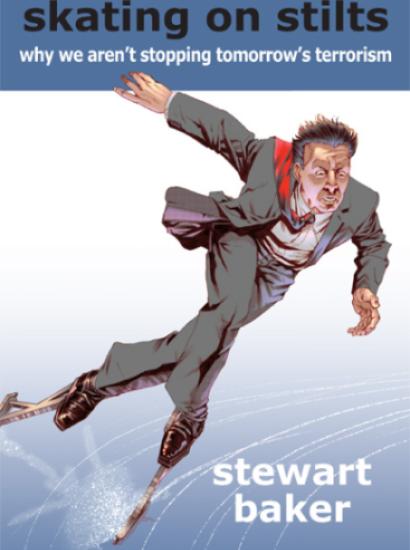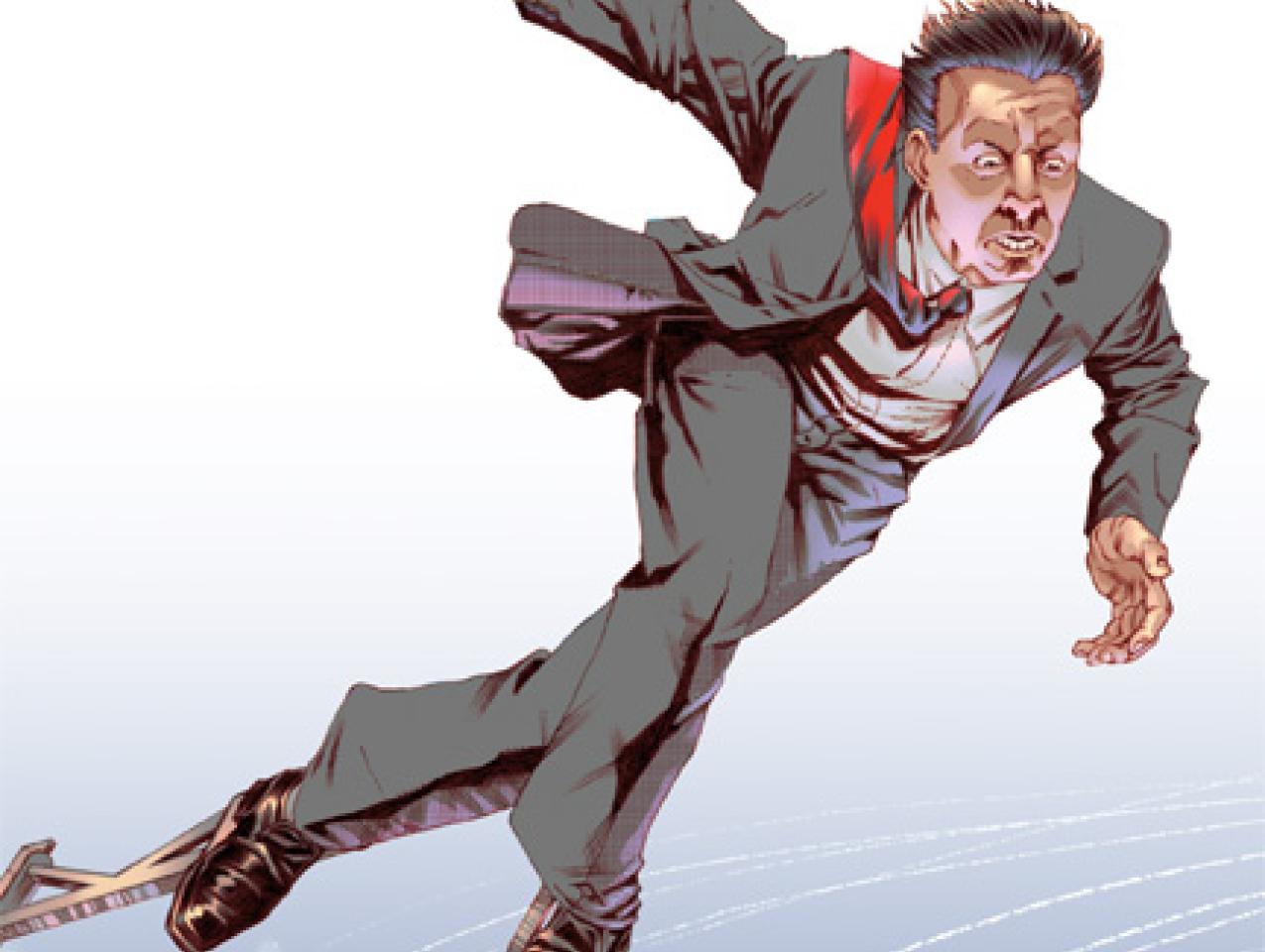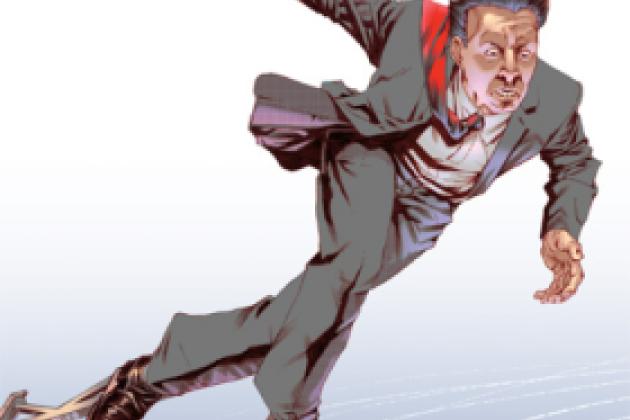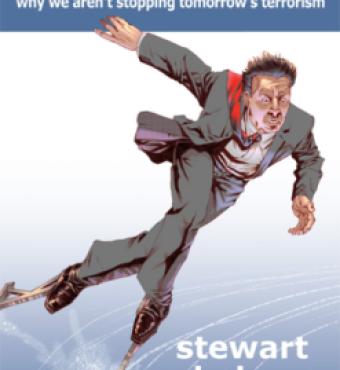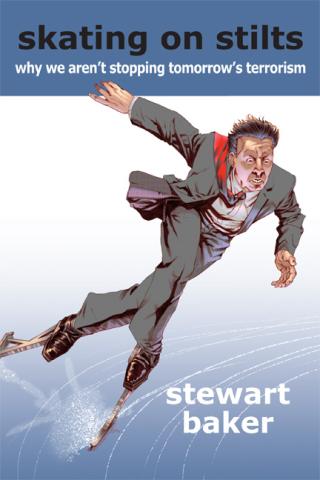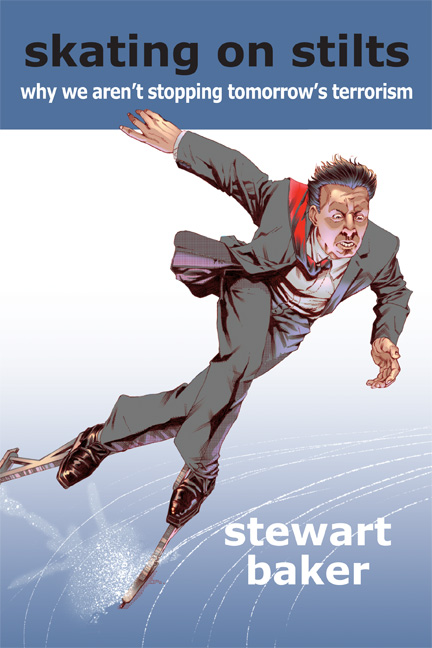
Tapping into the mind of one the nation’s leading national security experts, the Hoover Institution Press worked with former U.S. Department of Homeland Security (DHS) official Stewart A. Baker to publish Skating on Stilts: Why We Aren’t Stopping Tomorrow’s Terrorism. In his book, Baker examines vulnerabilities created by computer networks and biotechnology as they relate to U.S. national security and outlines glaring weaknesses in our nation’s security defenses—which, if exploited by terrorists, could cripple the United States and other developed countries.
“The United States has already paid a high price for ignoring known threats,” said Baker, currently a partner in the Washington, D.C., office of Steptoe & Johnson LLP. “But the same people who have kept us from dealing with eroding border security are campaigning to keep us from dealing with cyber security and biotech risks that dwarf 9/11 in scope. We are skating for a fall, too in love with the speed and power of skating on stilts to see the danger.”
As the first assistant secretary for policy at DHS and as general counsel of the National Security Agency, Baker draws on his counterterrorism, national security, and legal expertise. In Skating on Stilts, Baker examines technologies people are so accustomed to—jet travel, computer networks, and biotech—and finds they are likely to empower new forms of terrorism unless we change our course and overcome resistance to change from business, foreign governments, and privacy advocates.
The book begins by discussing the great technological innovation of the early twentieth century—flight—and shows how its commercialization in the 1950s set off an exponential boom in travel that broke down our nation’s ability to stop terrorists at the border. Business and international interests made border scrutiny difficult; aggressive enforcement of civil liberties built a wall between terrorism investigators that blinded them to the 9/11 plot. Only after the attacks was DHS able to build a new, technology-friendly approach to screening travelers that accommodated expanding travel and security. But even today, long after the cost of doing nothing has become clear; European and privacy interests are fighting a rearguard action to keep this approach from being completed.
Drawing on these lessons, the book next examines the great technological innovations of the mid-twentieth century: computers and communications networks. A collapse of the financial and electric systems is no longer unthinkable, even after three presidents have declared that cyber security is in crisis without doing much to head off the crash.
Finally, the book offers a chilling peek into the dark side of our latest technological marvel: biotechnology. Biotech has the promise to cure diseases that can kill millions; however, the same dynamic that spurs rapid growth in the industry will make our citizens vulnerable to a generation of “wet hackers” who are as apt to reconstruct the smallpox virus as to discover new vaccines and cures.
Baker also provides commentary on numerous missed opportunities to strengthen the nation’s defenses before and immediately after 9/11. Among others, he specifically explores how aggressive enforcement of civil liberties laws by a secretive U.S. court weeks before 9/11 prevented the FBI from deploying the resources needed to locate the hijackers. Baker also discusses how furor over security at ports in Dubai strengthened the position of those who wanted less-aggressive reviews of foreign investments and how the visa waiver program has become al-Qaeda’s favorite “travel program” and Homeland Security’s response to the threat.
Skating on Stilts echoes many of the themes the author has explored since 2008 on his popular blog of the same name, www.skatingonstilts.com.
| ISBN: 978-0-8179-1154-6 | Cloth | $19.95 |
| 370 pages | June 2010 |







